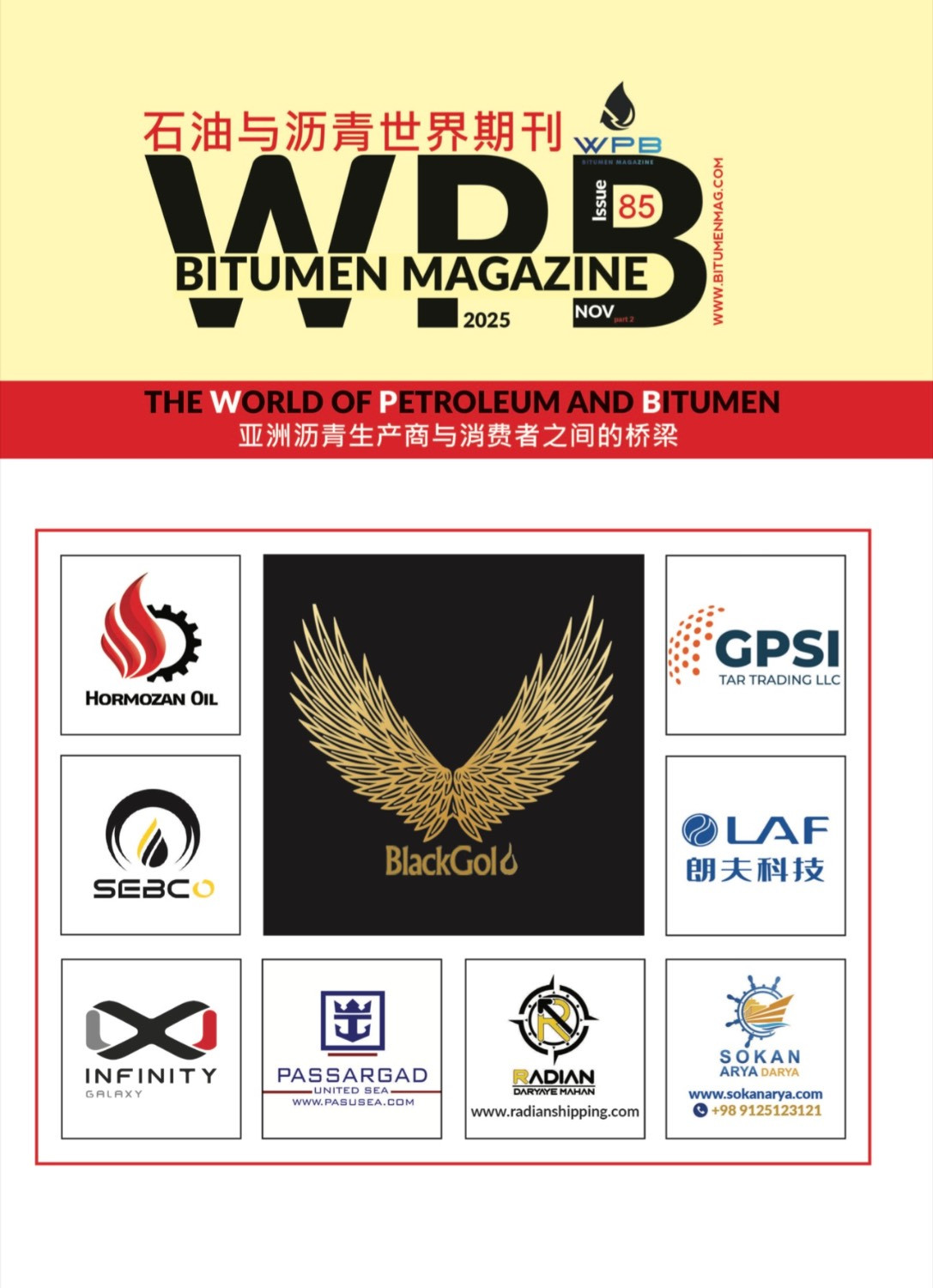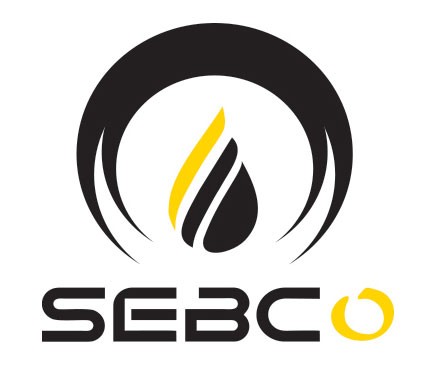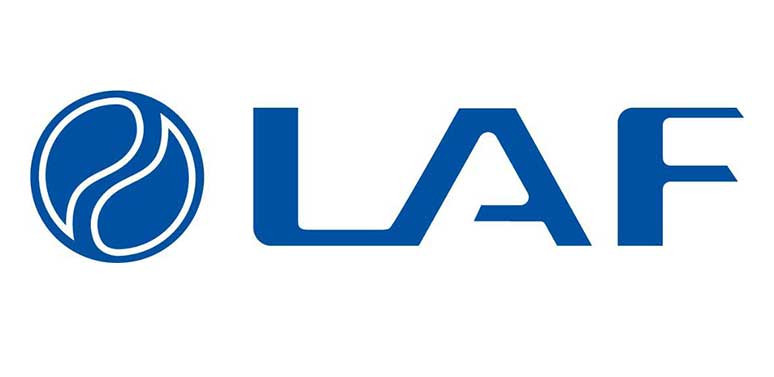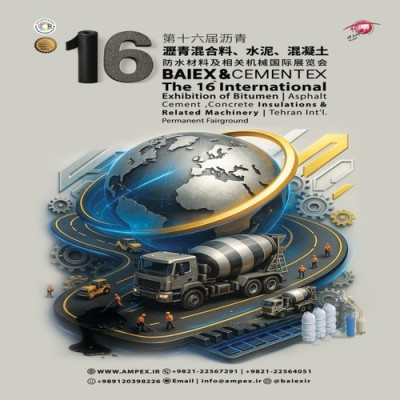According to WPB, Canada has entered a decisive phase in its long and complicated relationship with bitumen, that dense and stubborn hydrocarbon extracted from the oil sands of northern Alberta. For years, national headlines about pipelines have revolved around controversies, cancellations, legal battles, and fierce provincial-federal tensions. But the emerging discussions surrounding a new West Coast pipeline—intended not merely for crude oil but specifically for transporting diluted bitumen—represent a different caliber of development. Unlike earlier debates that focused primarily on economic growth or energy reliability, this new wave of negotiations is rooted in a more targeted, strategic, and globally contextualized rationale.
The principal reason behind this renewed attention is clear: Canada wants to redirect its bitumen flow toward the Pacific so it can access Asian markets without remaining trapped in its current logistical dependence on the United States. This is not just another pipeline plan; it is a structural shift in Canada’s export posture.
What distinguishes this emerging story from earlier infrastructural announcements is precisely this shift in motives. Earlier projects—whether proposed or canceled—were framed largely as national energy expansions or as a way to resolve domestic supply bottlenecks. But this time, the emphasis is not merely on increasing capacity; rather, it is on repositioning Canada’s bitumen within the global energy market, especially as Asia continues to expand its industrial demand despite global climate commitments.
The key point—the fulcrum on which the entire discussion rests—is this: Canada can no longer afford to allow its bitumen industry to be priced, shaped, and constrained by American refineries. Access to the Pacific is not an option; it is becoming an economic necessity.
This shift, however, raises important environmental, political, and Indigenous-sovereignty concerns—none of which can be sidelined. But before we explore these concerns, we must understand what bitumen is and why its transportation presents such uniquely high stakes.
Understanding Bitumen: The Substance at the Center of the Debate
Bitumen is not ordinary crude oil. It is thick, heavy, and resistant to flow. In its natural state, it cannot simply be pumped across thousands of kilometers—it must be diluted with lighter hydrocarbons in order to move through pipelines. This mixture, commonly known as dilbit, poses distinctive engineering and environmental challenges.
First, bitumen’s viscosity changes with temperature; the slightest variation in pipeline heat, pressure, or chemical composition can alter flow dynamics. Unlike conventional crude, bitumen forms micro-droplets within its mixed phase, which respond differently to turbulence, friction, and pipeline geometry. Managing these variables is essential, because any instability can raise the risk of blockages, pressure spikes, or emergency shutdowns.
Second, bitumen behaves differently when spilled in water. While conventional crude typically floats, diluted bitumen can, after partial evaporation of its lighter components, sink below the surface. This makes marine spills catastrophic—harder to track, harder to clean, and potentially devastating for coastal ecosystems.
Finally, the extraction and handling of bitumen are more carbon-intensive. The tailings ponds left behind emit significant greenhouse gases and pose long-term containment challenges. Thus, every proposed pipeline carrying bitumen must face a heightened level of environmental scrutiny.
These factors combine to elevate the stakes far beyond those associated with pipelines carrying light crude oil. When policymakers consider a new bitumen-focused route to the Pacific, they are not merely discussing infrastructure—they are negotiating with an industrial material that demands precision, caution, and long-term accountability.
Why the Pacific Ocean? The Strategic Rationale Behind the Shift
In earlier years, Canada’s bitumen exports flowed almost exclusively southward. American refineries—particularly those in the Gulf Coast—are specialized in processing heavy crude. Because of this specialization, the U.S. has historically purchased Canadian bitumen at a discounted rate, controlling the pricing power and limiting Canada’s global influence.
But now, Canada seeks to break this dependency. The motivations can be summarized in three levels of strategic priority:
Level 1 – Economic Autonomy
The first and most immediate reason is financial independence. Canada wants to sell its bitumen to the highest bidder—not only to one market that dictates terms. Asian economies, especially those in the Pacific Rim, have consistent and growing demand for heavy oil inputs used for asphalt, petrochemicals, and industrial fuels. If Canada can access these markets, it can reduce its reliance on U.S. refiners and increase its revenue per barrel.
Level 2 – Global Positioning
As international energy politics evolve, supply chains are shifting. Countries like China, India, South Korea, and Japan are diversifying their sources of bitumen and heavy crude. Canada, with one of the world’s largest oil-sands reserves, wants a seat at that table. Reaching the Pacific Coast means reaching the world.
Level 3 – Long-Term Infrastructure Strategy
Finally, the Pacific route allows Canada to future-proof its export system. The United States is gradually transitioning to cleaner energy sources. If U.S. refineries shift their focus away from heavy crude, Alberta’s bitumen industry could be left stranded. Access to diversified markets is Canada’s insurance policy.
How This News Differs from Past Pipeline Announcements
This story stands apart from previous headlines for several key reasons:
1. The new discussions revolve almost entirely around bitumen—not mixed crude, not general oil exports.
It is a specialized, high-risk, high-value product.
2. The motive is not expanding domestic capacity but escaping economic dependency.
Most previous announcements framed pipelines as solutions to domestic congestion.
3. The new negotiations involve a deeper political calculus.
In previous years, resistance from Indigenous groups or environmental activists typically dominated the conversation. Now, the federal and provincial governments are quietly aligning on a wider geopolitical objective: shaping Canada’s future energy role in Asia.
4. There is a more explicit acknowledgment that this pipeline requires private-sector leadership.
Past projects often began with government enthusiasm. Today, the government signals that it will not proceed until private firm steps forward—an unusual shift in tone.
5. The core narrative is now centered on the Pacific Ocean.
Earlier projects often treated the coast as incidental. Now it is the destination, the purpose, and the strategic endpoint.
Bitumen and the Pacific: The Core Challenges
Despite the strategic logic, the path ahead is fraught with challenges.
Environmental Risks
Transporting bitumen introduces heightened environmental risks compared to conventional oil. Spills in marine environments could sink below the surface, affecting fisheries, marine mammals, and coastal livelihoods. Coastal British Columbia has ecosystems that cannot easily tolerate such contamination.
Indigenous Rights and Sovereignty
First Nations along the proposed coastal routes have been clear: many do not want tanker expansion in their waters. Their concerns are rooted not only in environmental protection but also in cultural continuity and territorial sovereignty. Any attempt to move forward without their involvement risks legal and political backlash.
Political Tension
Moving bitumen to the Pacific requires lifting, modifying, or legally reinterpreting existing tanker restrictions in northern coastal areas. This is politically explosive, especially in British Columbia, where coastal protection is a deeply held public value.
Engineering Complexity
Bitumen’s behavior under pipeline conditions demands advanced monitoring systems, heating controls, pressure modulation, and sophisticated leak-detection technology. Any failure carries consequences far beyond normal oil-transport risks.
What the Future Might Hold
Canada's shift toward a Pacific-focused bitumen route could unfold in several ways:
A fully realized pipeline, backed by a private consortium, supported by conditional Indigenous agreements, with advanced environmental safeguards.
A partial or scaled-down version, minimizing tanker traffic but establishing an initial export presence.
A stalled proposal if environmental opposition, Indigenous resistance, or private-sector hesitation becomes insurmountable.
A policy pivot toward upgrading bitumen in Alberta before transport, reducing spill risk and raising product value.
Each scenario carries its own set of economic and environmental consequences.
Conclusion: The Heart of the Matter
At its core, the story is not just about a pipeline. It is about Canada redefining its relationship with bitumen, with the world, and with its own economic future.
The main point—the axis around which all else revolves—is this:
Canada wants access to the Pacific because without it, the bitumen industry remains locked in place, undervalued, and vulnerable.
This new development marks a clear departure from the past. It is not merely a domestic infrastructure plan but the early shape of a global strategy.
By WPB
Bitumen, News, Pipeline, Pacific Ocean




















